#703 Inner and outer coast marine life
A Field Guide to Marine Life of the Protected Waters of the Salish Sea
by Rick M. Harbo
Madeira Park: Harbour Publishing, 2019
$7.95 / 9781550178531
*
A Field Guide to Marine Life of the Outer Coasts of the Salish Sea and Beyond
by Rick M. Harbo
Madeira Park: Harbour Publishing, 2019
$7.95 / 9781550178555
Both field guides reviewed by Anna Hall
*

While the Pacific Ocean touches the forest on the outer coast of British Columbia, Juan de Fuca Strait allows the open ocean to navigate the southern tip of Vancouver Island and enter the more protected waters of Canada’s inner west coast. Beyond the Gulf and San Juan Islands, an inland sea extends northwards into the Strait of Georgia and southwards into Puget Sound in Washington State. Collectively, these waters form the Salish Sea, which is one of the most biologically diverse and productive marine areas on the planet.
This richness of life comes from the good fortune of the local geography, oceanography, and atmospheric conditions that result in the relatively protected waters being fed by the deep, nutrient-rich upwelled open ocean waters. The Salish Sea has more than 7,000 kilometres of shoreline including the British Columbia and Washington mainland coasts and more than 400 islands that speckle the life-filled waters. From these sunlit seashores to the deepest depths more than 600 metres below the surface, the Salish Sea provides perfect conditions for marine life, with more than 3,000 different species of mammals, birds, fish, and invertebrates now recognized.
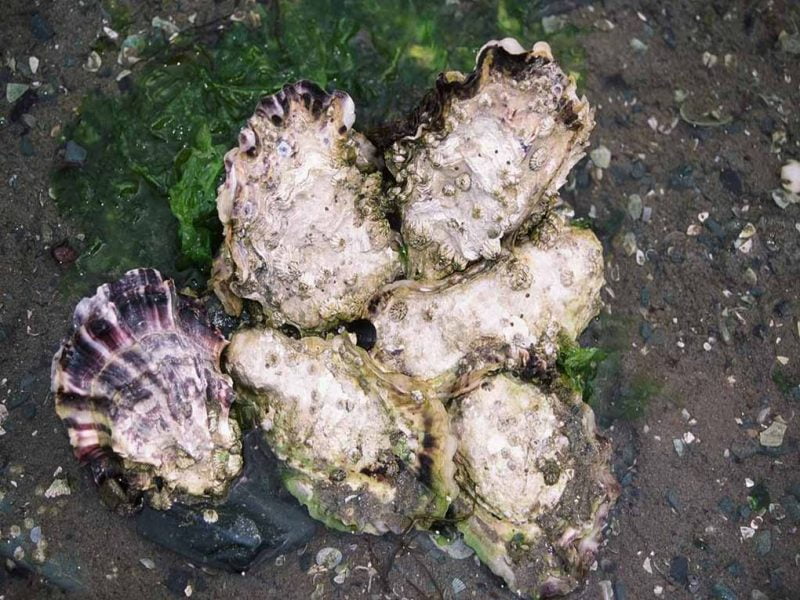
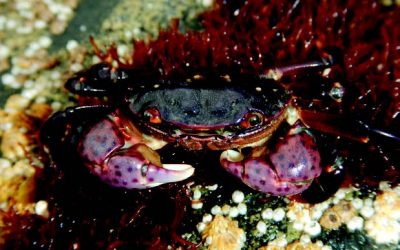
The sheer diversity of life in this region is wonderous in itself, and this natural richness provides an irresistible lure for coastal residents and visitors alike. When the tide recedes, opportunities to observe the intertidal marine life abound. Rick Harbo, a retired senior marine biologist with Fisheries and Oceans Canada and now a Research Associate with the Royal BC Museum, has created two field guides that are welcome additions to the day tripper’s backpack or the teacher’s outdoor education field kits.
A Field Guide to Marine Life of the Protected Waters of the Salish Sea and A Field Guide to Marine Life of the Outer Coasts of the Salish Sea and Beyond are colourful, informative, and easy to use. Each begins with an introduction to the Salish Sea’s protected waters or to the outer coast followed by natural history highlights for the respective regions, tips on how to plan your trip to the seaside for successful beachcombing, and an all-important note on respecting and protecting the seashore. Both guides remind the reader to “Leave It As You Found It,” to “Tread carefully to avoid crushing marine life,” and encourage the reader to participate in cleaning up the shorelines during seashore expeditions. From here, the guides unfold to display the vibrant assortment of the intertidal species of the Salish Sea.
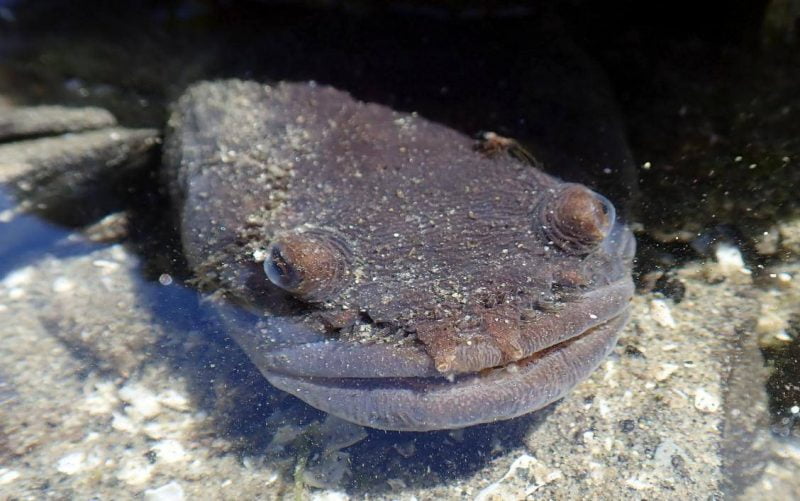
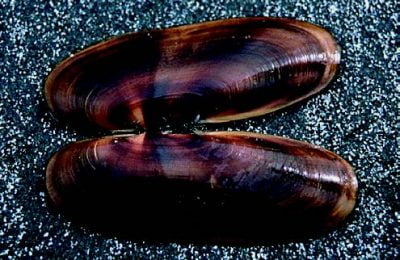
Both of these two-sided folding guides are conveniently organized by taxonomic groupings, which start with a brief description and a few key natural history notes helpful during field identifications. Each species is illustrated with a clear colour photograph showing the individual or, for the more colonial species, the group of individuals. Beside each photograph are the common and scientific names as well as brief notes on the physical description, including colour and size, to aid in field identifications of different species.
On the inside, the reader will find information and photos of nearly forty different species of barnacles, mussels, crabs, sea stars, sea urchins, sand dollars, sea cucumbers, anemones, jelly fish, and nudibranchs. The Field Guide to Marine Life of the Protected Waters of the Salish Sea also includes two species of sponges.
On the reverse side, another thirty-plus species are illustrated on each field guide. Both begin with clams and oysters, followed by limpets, snails, chitons, worms, bryozoans, tunicates, fishes, and seaweeds. The guides do not feature many fishes, but Harbo includes the eel-like blennies, gunnels, and prickle-backs that are permanent residents of the intertidal zone. Both guides recognize that only a few of the many intertidal species can be illustrated in such an abbreviated format, and both guides direct the reader to more exhaustive references by the same author and publisher for expanded information on marine life and natural history.

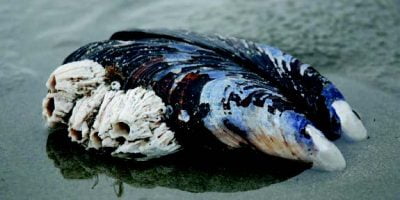
These field guides, therefore, are not comprehensive natural history field guides and should not be considered as such. They are, however, lightweight and water-resistant (though I didn’t test to what level) folding booklets that physically and in content are concise, practical, and convenient. Useful field guides that aid in identifying the different species that live within the intertidal zone of the Salish Sea, these are welcome additions to the natural history of BC’s south coast. Both work well in the field and withstand the hands of exploring adults and children alike.
A Field Guide to Marine Life of the Protected Waters of the Salish Sea and A Field Guide to Marine Life of the Outer Coasts of the Salish Sea and Beyond are the perfect gifts for the natural history enthusiast, from novice tide-poolers to the more studious biologists and naturalists who just want to have a handy reference guide to keep in the field bag for those moments of exploration when the receding tide reveals the hidden life of the Salish Sea.
*
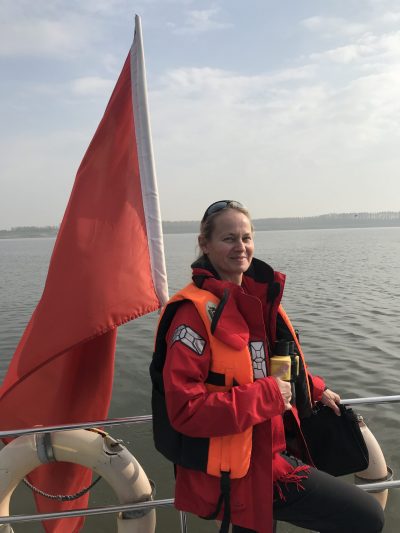
Dr. Anna Hall is a marine mammal zoologist based on Vancouver Island. She has several research studies underway including: examination of the near shore habitat use by harbour porpoise mother-calf pairs with study sites in B.C. and Scotland, the seasonal abundance and habitat use of Burmeister’s porpoise in Chile, and the long-term habitat use changes by Dall’s porpoise in the Salish Sea. She was an invited participant to the Chinese Academy of Sciences Symposium on Conservation and Recovery of the Yangtze Finless Porpoise, and was one of three Canadians to participate in the Vaquita Conservation, Protection and Recovery mission in the Sea of Cortez. She was a founding member of the B.C. Marine Mammal Stranding Response Network and co-led an international team during the Erika oil spill wildlife response in France. Dr. Hall served as a Killer Whale Recovery Team member and was appointed to the Canadian Species At Risk Advisory Committee by the federal Minister of Environment and Climate Change. Dr. Hall works at Sea View Marine Sciences in Metchosin, serves as president of the Porpoise Conservation Society, as the vice-president of the Wild 4 Whales Foundation, is a Fellow of the Zoological Society of London, and an Adjunct Professor at Royal Roads University.
*
The Ormsby Review. More Books. More Reviews. More Often.
Publisher and Editor: Richard Mackie
The Ormsby Review is a journal service for serious coverage of B.C. books and authors, hosted by Simon Fraser University. The Advisory Board consists of Jean Barman, Robin Fisher, Cole Harris, Wade Davis, Hugh Johnston, Patricia Roy, David Stouck, and Graeme Wynn. Scholarly Patron: SFU Graduate Liberal Studies. Honorary Patron: Yosef Wosk. Provincial Government Patron since September 2018: Creative BC
“Only connect.” – E.M. Forster
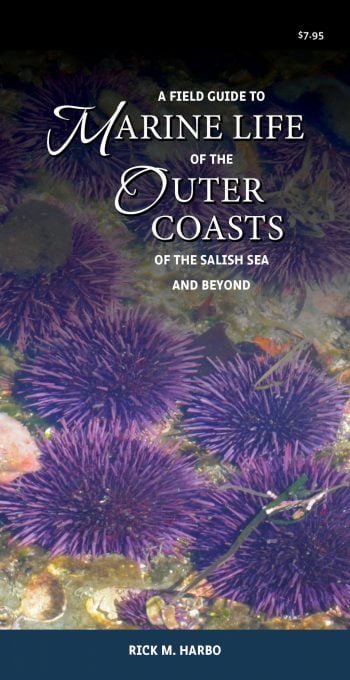
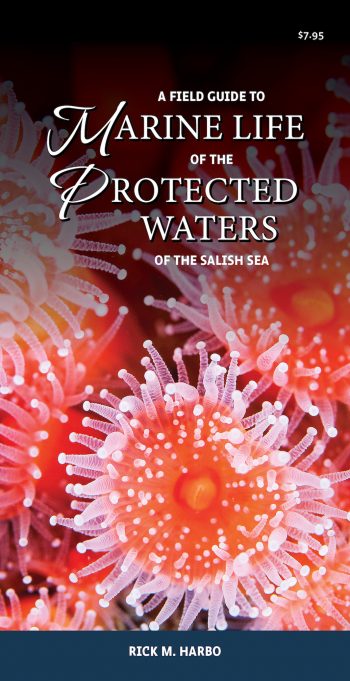
2 comments on “#703 Inner and outer coast marine life”
I want to order the Inner and outer Salish Sea
Hi Ela, delighted you’re interested! Alas, we don’t deal with books directly at The Ormsby Review. We are an intermediary between publishers and readers. Best thing is to write to Charlotte at Harbour Publishing: charlotte@harbourpublishing.com at Madeira Park, BC. Hope it works out! Let me know if not. Best for now, Richard
Comments are closed.